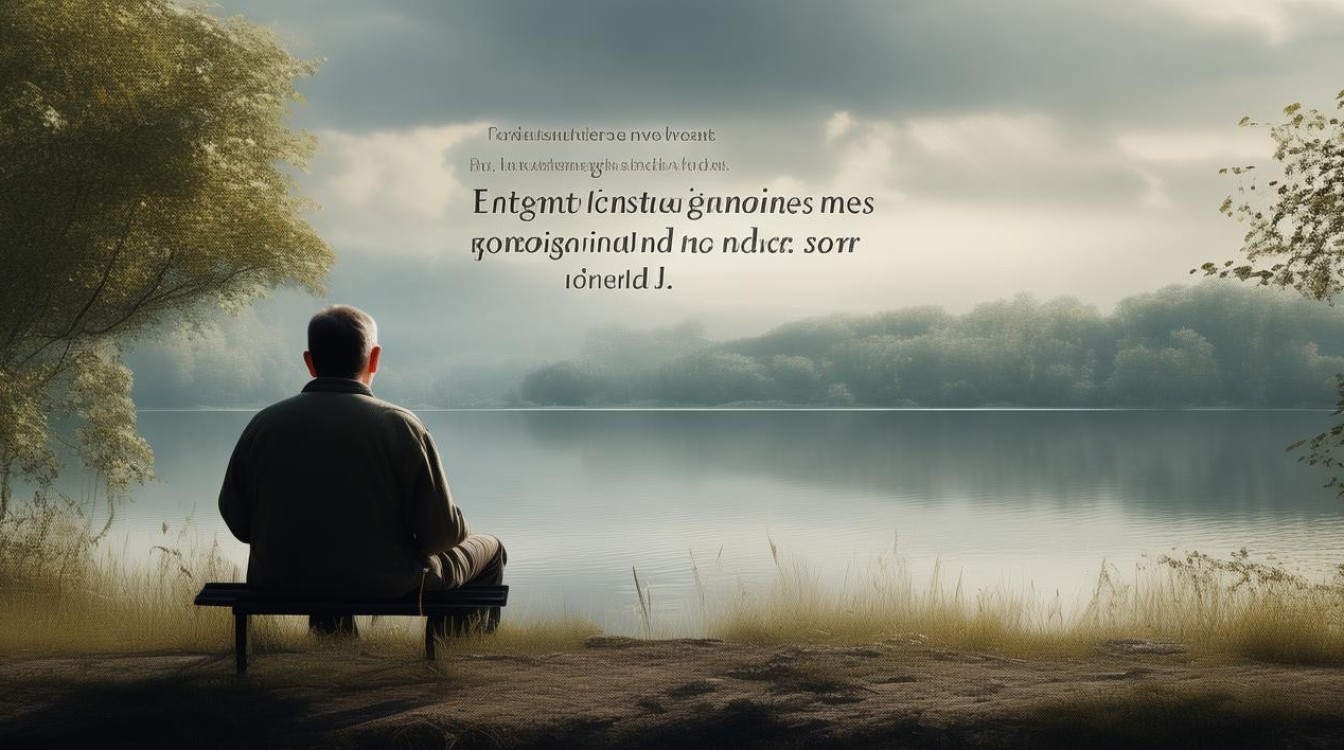Loneliness is a universal human experience, yet it remains one of the most misunderstood emotions. It is not merely the absence of company but a profound sense of disconnection—from others, from oneself, and sometimes from life itself. In an era where digital connections replace face-to-face interactions, loneliness has become both a silent epidemic and a paradoxical companion to our hyper-connected lives.

The Nature of Loneliness
Loneliness is not synonymous with being alone. Many people cherish solitude, finding peace and creativity in moments of quiet reflection. The distinction lies in choice. Solitude is voluntary; loneliness is often involuntary. It creeps in when relationships lack depth, when conversations skim surfaces, or when one feels unseen despite being surrounded by people.
Psychologists differentiate between social loneliness (lack of a community) and emotional loneliness (lack of intimate bonds). A person with hundreds of online friends may still feel emotionally isolated, while someone living remotely might feel deeply connected to nature or art.
The Modern Paradox
Technology was supposed to bridge gaps, yet it has inadvertently deepened them. Social media platforms offer the illusion of connection but rarely foster genuine empathy. Scrolling through curated highlights of others’ lives can amplify feelings of inadequacy. The more we compare, the lonelier we become.

Urbanization compounds this issue. Cities teem with people, yet anonymity thrives. Neighbors pass like shadows, and workplaces prioritize productivity over camaraderie. The faster life moves, the harder it becomes to cultivate meaningful relationships.
The Creative Power of Loneliness
Despite its pain, loneliness has fueled some of humanity’s greatest art, literature, and innovations. Emily Dickinson’s poetry, Van Gogh’s starry nights, and Beethoven’s symphonies were born from solitary struggles. Loneliness forces introspection, a confrontation with the self that can lead to profound growth.
In silence, we hear our true voices. The Japanese concept of mono no aware—the bittersweet awareness of impermanence—captures how loneliness can heighten appreciation for fleeting beauty. A solitary walk at dawn, the weight of a book in empty hands, or the echo of a melody in a quiet room—these moments carry a unique poignancy.

Breaking the Cycle
Combating loneliness requires intentionality. Small steps can rebuild connections:
- Quality Over Quantity: One meaningful conversation outweighs dozens of hollow exchanges. Reach out to someone who values depth.
- Embrace Solitude: Learn to enjoy your own company. Journal, meditate, or explore hobbies that resonate with your soul.
- Community Engagement: Join groups aligned with your interests—book clubs, volunteer organizations, or fitness classes. Shared passions forge bonds.
- Digital Detox: Limit screen time that leaves you drained. Replace passive scrolling with active participation—a message to an old friend, perhaps.
A Cultural Shift
Societies must also address systemic loneliness. Urban planning that encourages communal spaces, workplaces that prioritize mental health, and educational systems teaching emotional literacy can foster belonging. In Denmark, hygge (coziness and togetherness) is a cultural antidote to isolation. Such traditions remind us that human warmth is irreplaceable.
The Unspoken Truth
Loneliness is not a flaw but a signal—an internal alarm reminding us of our need for connection. It is okay to feel lonely; it is not okay to accept it as permanent. Every human heart craves understanding, and every moment of loneliness carries the potential for transformation.

In the end, loneliness is not the opposite of togetherness but its silent companion. It teaches us to cherish connection, to seek authenticity, and to recognize that even in solitude, we are part of a larger, invisible tapestry of human experience. The next time loneliness lingers, listen closely. It might be whispering the first notes of your own silent symphony.

